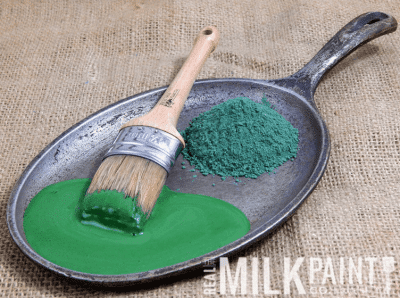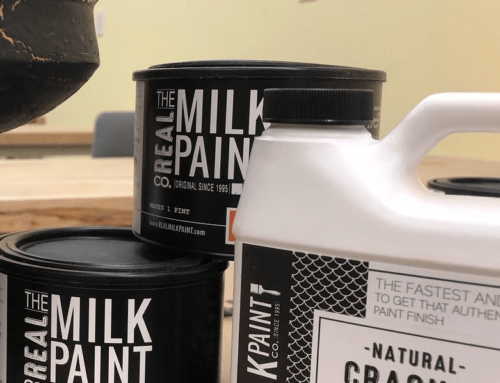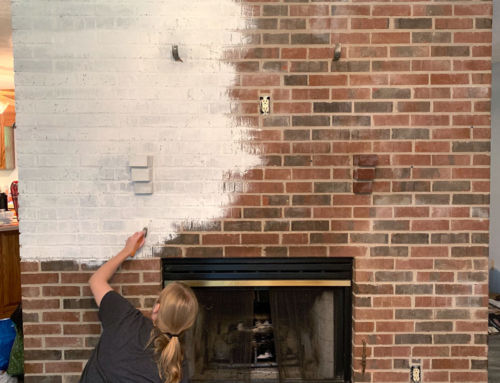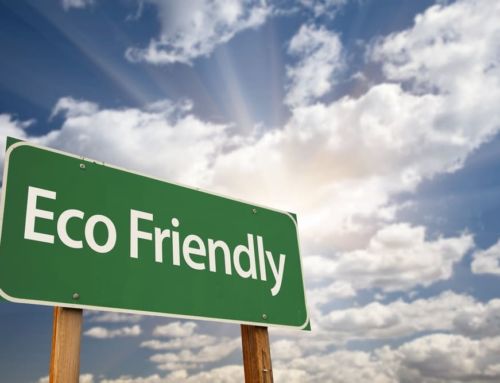 Two of the most commonly used types of paint are water-based latex paints and oil-based paints (sometimes called solvent-based paints). Extra caution should be used when working with oil-based paints indoors as they’re composed mainly of petroleum distillates and solvents which produce harmful fumes when inhaled or exposed to the skin.
Two of the most commonly used types of paint are water-based latex paints and oil-based paints (sometimes called solvent-based paints). Extra caution should be used when working with oil-based paints indoors as they’re composed mainly of petroleum distillates and solvents which produce harmful fumes when inhaled or exposed to the skin.
Most DIYers and professional painters nowadays use latex paints as they are easier to clean, dry quicker and are less harmful than their oil-based counterparts. However, while latex paints have improved over the years, many still contain harmful chemicals.
What are VOCs? VOCs are Volatile Organic Compounds (VOCs). The biggest clue that paint emits VOCs is the odor it emits when painting indoors. Ever had a headache after painting? Those are the VOCs.
How VOCs Affect Indoor Air Quality
Many household cleaners, furniture and paint release VOCs which are essentially chemical compounds or carcinogens. While you may assume that VOCs disappear once paint has dried, it’s been proven that some paints release VOCs for years. This is especially harmful to small children, pregnant or nursing women, pets and those with allergies and respiratory illnesses such as asthma.
Long Term Health Hazards from Paint Chemicals
The US Environmental Protection Agency (EPA) has linked VOCs to cancer. Many paints contain chemicals such as benzene and methylene chloride which are harmful when inhaled or exposed to skin. Oil-based paints should be avoided whenever possible. A few short-term side effects of oil-based paints include watery eyes, allergic reactions, and rashes on the skin. The EPA states that exposure to oil-based paints can potentially cause the following long-term health problems:
- Organ damage
- Central nervous system damage
- Increased chance of developing cancer
How to Minimize Exposure to Harmful Chemicals
There are ways to mitigate the risks from exposure to indoor paints:
Wear protective gear. Face masks, protective eyewear, gloves, and coveralls can be worn to minimize exposure.
Ventilate the room. Always ensure windows are opened to allow fresh air to circulate and that indoor fans or ventilation systems are used.
Use alternative, eco-friendly paints. There are many low or no-VOC paints on the market today which are healthier for your body and for the environment. Milk paint is one of the oldest forms of paint that has been found in traces of cave paintings which contain lime, color pigment, and milk.
The Benefits of Milk Paint
Milk paint is a zero VOC paint, it is non-toxic and is a durable and versatile paint that can be used on a variety of surfaces. The Real Milk Paint Co. uses pharmaceutical-grade lime in all milk paints which has the unique ability to absorb carbon when applied to interior walls resulting in cleaner air. Instead of emitting harmful VOCs into your home, Real Milk Paint uses carbonization to absorb carbon dioxide leaving you with a healthier home, and healthier family.


